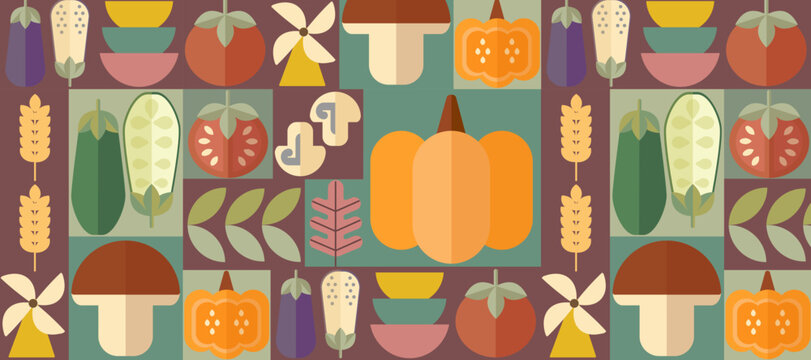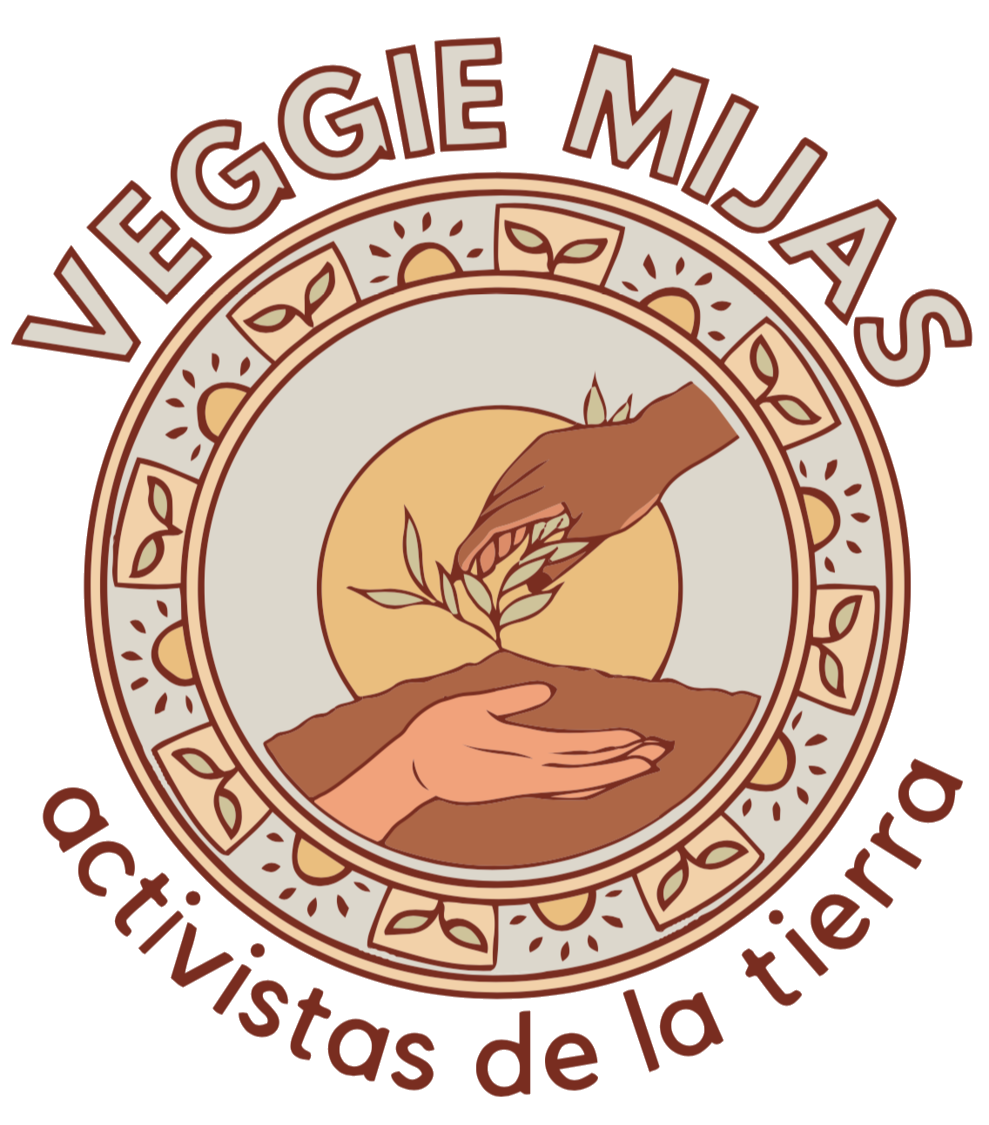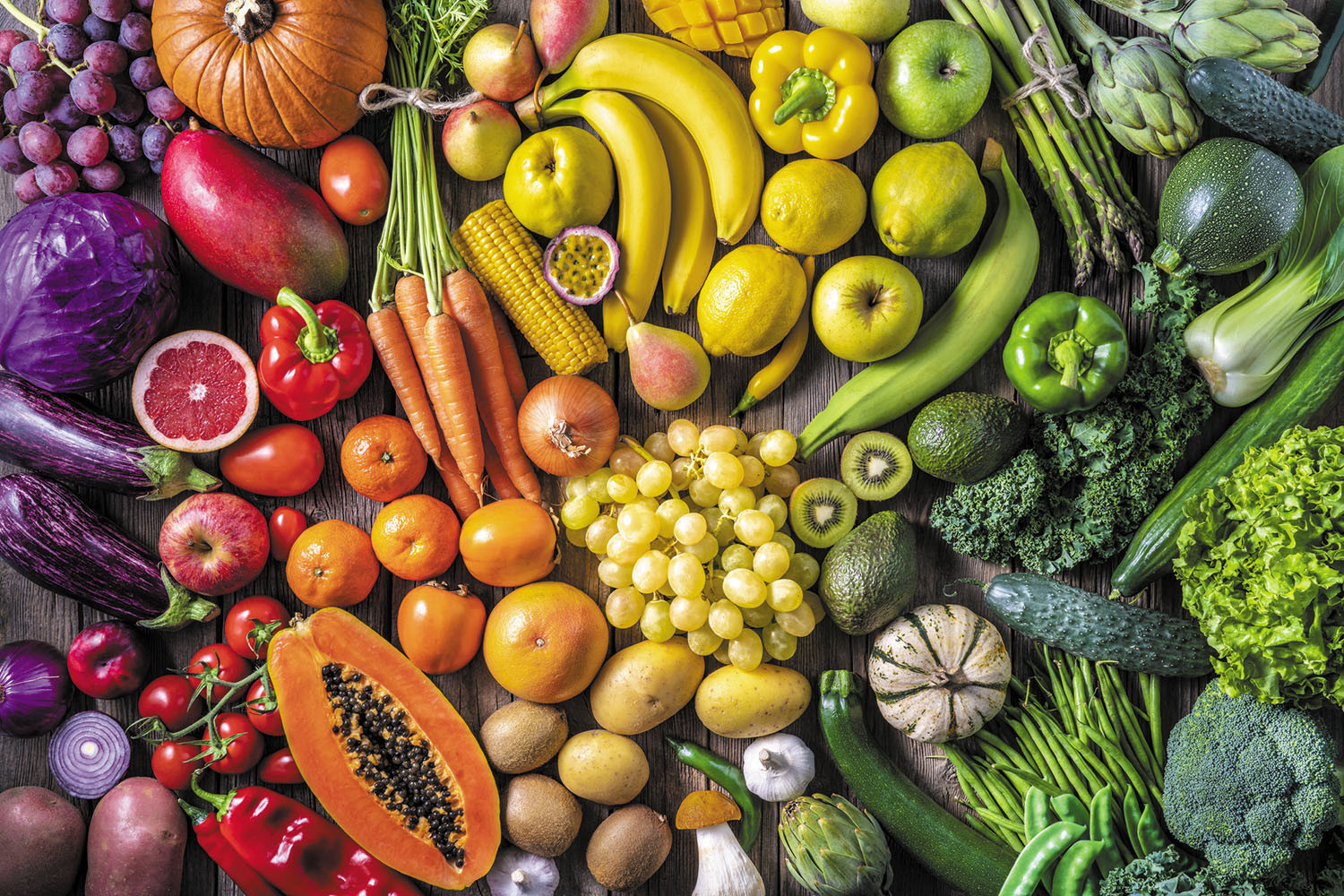A vegetarian diet typically excludes meat, poultry, fish, and animal by-products, but there are several different types of vegetarians, each with their own unique guidelines regarding what they include in their meals. The most common form is the lacto-ovo-vegetarian, who consumes both dairy products and eggs. Some individuals follow a lacto-vegetarian diet, which includes dairy but avoids eggs, while others adopt an ovo-vegetarian approach, eating eggs but not dairy. A vegan diet, on the other hand, excludes all animal-derived products entirely—this means no meat, fish, eggs, dairy, and often no honey or other animal-based ingredients.
In addition to these well-known categories, some people follow less strict variations. For example, pescatarians primarily follow a plant-based diet but include fish. Others may identify as flexitarians or semi-vegetarians, generally eating a plant-centered diet while occasionally including meat, poultry, or fish.
According to dietary surveys conducted in the UK, the number of people identifying as vegetarian or vegan has been rising. In one of the latest surveys from 2018–2019, about 4.5% of individuals reported following one of these diets.
While cutting out meat from your diet doesn’t automatically make it healthier, research has suggested that plant-based diets can offer several benefits. People who follow vegetarian or vegan eating patterns may experience a reduced risk of obesity, lower blood pressure, healthier cholesterol levels, and a decreased risk of coronary heart disease. It’s worth noting, though, that these benefits may also reflect broader lifestyle habits, as many vegetarians tend to engage in other health-conscious behaviors—such as being more physically active, limiting alcohol intake, and avoiding smoking.
Plant-based diets, when well planned, are generally rich in vegetables, fruits, whole grains, and dietary fiber. They also tend to be lower in saturated fat and added sugars compared to many diets that include regular meat consumption. However, it’s important to approach vegetarianism thoughtfully to ensure nutritional balance.
To maintain a nutritious vegetarian or vegan diet, several key guidelines are recommended. The foundation of your meals should come from starchy foods such as bread, rice, potatoes, and pasta, ideally in wholegrain or higher-fiber forms. These options include foods like wholewheat pasta, brown rice, buckwheat, and oats. Keep the skin on potatoes when possible, and avoid using too much saturated fat when preparing them. For example, mashed potatoes made with butter can increase calorie and fat content, so consider using lower-fat alternatives.

It’s equally important to include at least five servings of fruits and vegetables every day. These can be fresh, frozen, dried (without added sugar), or canned (as long as they’re not in syrup or brine). While fruit juices and smoothies count as one of these servings, they should be limited to 150 ml per day. Adding extra vegetables to your main meals is a simple and effective way to increase your intake—grated carrots, chopped mushrooms, or bell peppers are great additions to a vegetarian chili. Keeping frozen vegetables on hand and carrying fruit as a quick snack are also good strategies.
Dairy products and their plant-based alternatives contribute valuable nutrients to a vegetarian diet. While many vegetarians consume milk, cheese, and yogurt, vegans often opt for alternatives like soy, almond, or oat drinks. It’s important to check whether these alternatives are fortified with calcium and vitamin B12. For those who still eat cheese, selecting lower-fat options and using smaller portions—such as grating instead of slicing—can help manage saturated fat intake. Low-fat plain yogurts or fromage frais can also be used instead of cream or mayonnaise in recipes.
Protein remains an essential nutrient in vegetarian and vegan diets. There is a wide variety of sources to choose from, including tofu, lentils, chickpeas, kidney beans, peas, eggs (for non-vegans), and textured vegetable protein. These protein-rich options can easily be included in a balanced meal. Plant-based meat alternatives like vegetarian sausages or burgers can also be part of the diet, but it’s advisable to check labels and choose products with lower levels of saturated fat and salt. Traditional dishes like dal or chickpea curry served with brown rice or wholegrain flatbreads are satisfying and nutritious choices.
Fats and oils should be used in moderation, even in vegetarian diets. Unsaturated oils such as olive, sunflower, and vegetable oil are healthier choices compared to saturated fats like coconut oil, palm oil, or ghee. A helpful tip when cooking is to heat oil first in the pan to make it go further, which can reduce the overall amount needed. Spray oils are another good way to control fat use. Choosing lower-fat spreads over traditional butter can also help maintain a healthier fat balance in your meals.
While vegetarian and vegan diets can provide all the nutrients your body needs, it’s important to be mindful of nutrients that can be more difficult to obtain from plant sources alone. For example, vitamin B12 is not naturally found in plants, so fortified foods or supplements are often necessary for vegans. Similarly, when eating plant-based sources of iron such as lentils or spinach, it helps to include foods high in vitamin C—like peppers, citrus fruits, or tomatoes—to enhance absorption.
Overall, vegetarian and vegan diets can be both healthy and sustainable when properly balanced. They follow the same healthy eating principles recommended for all diets, including reducing salt and sugar, consuming plenty of fruits and vegetables, and maintaining an active lifestyle. Whether you’re vegetarian, vegan, or just exploring a more plant-focused way of eating, planning and variety are key to achieving good health and well-being. Would you like a sample meal plan to go with this?

